23 things you didn't know about J.K. Rowling's Harry Potter universe
There are spinoff books, spinoff movies, and a spinoff play all about the prolific writer's magical universe and a ton of fascinating facts about all of them

J.K. Rowling's Harry Potter universe is enormous. And since closing the book on the main series in 2007, she keeps adding to it. There are spinoff books, movies, and a play in the franchise — many of which reveal new insight about Harry, Ron, Hermione, and other characters from the original series.
The wealth of Harry Potter material also means that there's a wealth of behind-the-scenes information that yields new details of how JK Rowling thought up the books, how the filmmakers made the movies, and a ton of other information about the Harry Potter universe. Rowling even launched Pottermore, which has become a sort of ever-evolving encyclopaedia of trivia and back stories from her world.
It's a lot to keep up with. But for Harry Potter fans, all of it is fascinating.
Here are 23 things you probably didn't know about J.K. Rowling's Harry Potter universe:
Harry Potter is rich, because his ancestor was a pharmaceutical tycoon.
One of the first things Harry does when he finds out he's a wizard way back in Harry Potter and the Sorcerer's Stone, is visit the Gringotts wizarding bank in Diagon Alley. After all, he'll need some cash to buy school supplies for Hogwarts.
In his vault, he finds out that he has piles and piles of gold galleons. Harry's rich! Way more rich than most of his friends. Why? The books don't really explain. But Rowling addressed the issue on Pottermore.
In the 12th century, Harry's ancestor Linfred of Stinchcombe developed pharmaceutical remedies that were the basis for Skele-gro and Pepperup Potion. He built a business out of it, and the Potter family maintained the fortune for generations. Some time later, Harry's grandfather Fleamont Potter — the son of the “original” Harry Potter — quadrupled the family fortune with hair potion. The hair potion is even advertised in a stray newspaper in Fantastic Beasts.
Gringotts does exchanges between magical and muggle money.
As J.K. Rowling pointed out, it's the only way Muggle-born wizards and witches could buy wands, since Ollivanders only takes galleons, knuts, and sickles — not pounds or euros.
There's one character from the books who existed in real life.
In Rowling's series, Nicolas Flamel is the alchemist who created the Philosopher's Stone, the magical object at the centre of Harry Potter and the Sorcerer's Stone that can grant a person immortality.
In real life, Flamel was a French scholar and bookseller who lived in the 14th and early 15th centuries. After his death, he got a reputation as an alchemist who secretly achieved immortality. Rowling wrote about the inspiration on Pottermore, where she said Flamel attended the French wizarding school Beauxbatons in her version of his life.
Green gloves were used to make the books fly around in the Hogwarts library.
For the movies — particularly a scene in Harry Potter and the Half Blood Prince — the books in the Hogwarts library have a knack for organising themselves on shelves. The secret behind the magic is that green gloves were used. They worked the same way green screen does, and were wiped away in post-production so it looked like the books floated on their own.
There were two Harry Potters.
No, this isn't about time travel. Before Harry Potter, there was his great grandfather, who was also named Harry Potter. Rowling wrote about the wizard, who lived in the late 1800s and early 1900s, on Pottermore. As she explained:
“Henry Potter (Harry to his intimates), was a direct descendant of Hardwin and Iolanthe, and served on the Wizengamot from 1913 - 1921. Henry caused a minor stir when he publicly condemned then Minister for Magic, Archer Evermonde, who had forbidden the magical community to help Muggles waging the First World War. His outspokenness on the behalf of the Muggle community was also a strong contributing factor in the family's exclusion from the 'Sacred Twenty-Eight.'”
The original Harry Potter didn't show up in the books, but he lived around the time of Fantastic Beasts and Where to Find Them. So don't rule him out for a surprise appearance in the movie series.
The film designers have been hiding a secret character in the movies' fake newspapers.
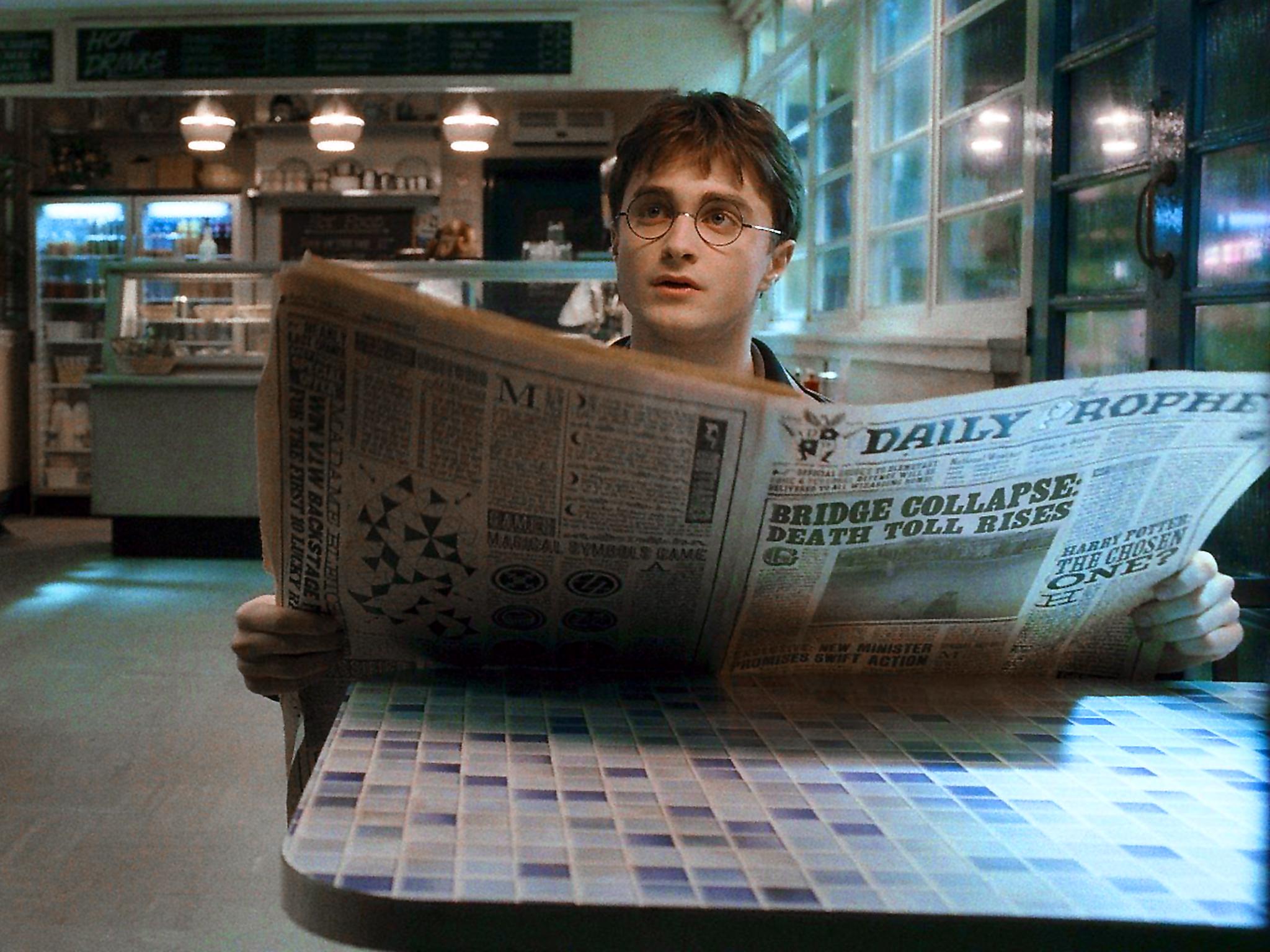
The Fourth Estate is an important part of Rowling's universe. The Daily Prophet covers magic in Britain and The New York Ghost covers the same in the United States.
In almost every Harry Potter movie, it was the design firm MinaLima that put together the fake newspaper props for different scenes. They had fun with it. Throughout the series, you can spot stories about “The Ginger Witch.” She's a hooligan with a multinational criminal past spanning decades.
“We know now that things do get seen,” designer Miraphora Mina told INSIDER. “In the past, we didn't realise how much these would be scrutinised by fans.”
There's a perfume company that exists in the background of both the Harry Potter and Fantastic Beasts movies.
Another one of MinaLima's inventions is the Divine Magic perfume company. We first see it in a poster behind Albus Dumbledore in Harry Potter and the Half-Blood Prince when he meets with Harry at the beginning of the film. In Fantastic Beasts and Where to Find Them, there's a street poster advertising the same brand more than half a century earlier.
Before becoming headmaster, Dumbledore was a Transfiguration teacher at Hogwarts.
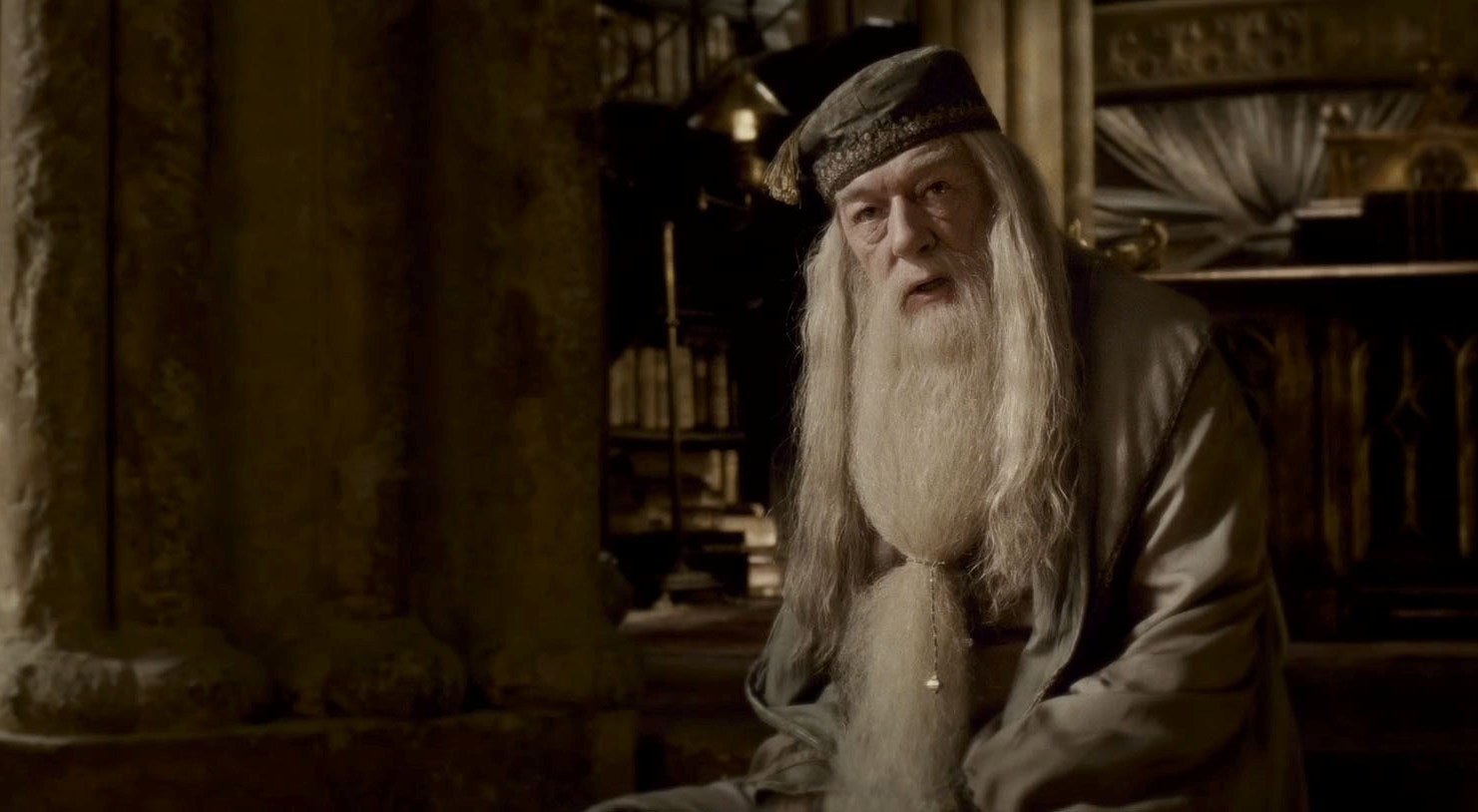
Dumbledore is an academic and something of a magical genius. As his chocolate frog card attests, he's “particularly famous for his defeat of the Dark wizard Grindelwald in 1945, for the discovery of the twelve uses of dragon’s blood, and his work on alchemy with his partner, Nicolas Flamel.” So it makes sense that he was a teacher at the wizarding school, not just the administrator.
It was while Dumbledore was a Transfiguration teacher that Tom Riddle — later to become Lord Voldemort — attended Hogwarts. He also taught Newt Scamander, the main character in Fantastic Beasts, with whom he has a close bond. An issue of the publication “Transfiguration Today” in the movie has an article featuring his work. Jude Law is slated to play Dumbledore in the forthcoming Fantastic Beasts movies, which will be about taking down his rival Gellert Grindelwald.
Newt Scamander was a Hufflepuff.
Speaking of Newt Scamander and Hogwarts, the character — played in Fantastic Beasts by Eddie Redmayne — was sorted into the Hufflepuff house. You might have spotted his canary-and-black scarf throughout the movie, signalling Hufflepuff's colours.
J.K. Rowling wanted The Life and Lies of Albus Dumbledore to look like “a trashy airport novel.”
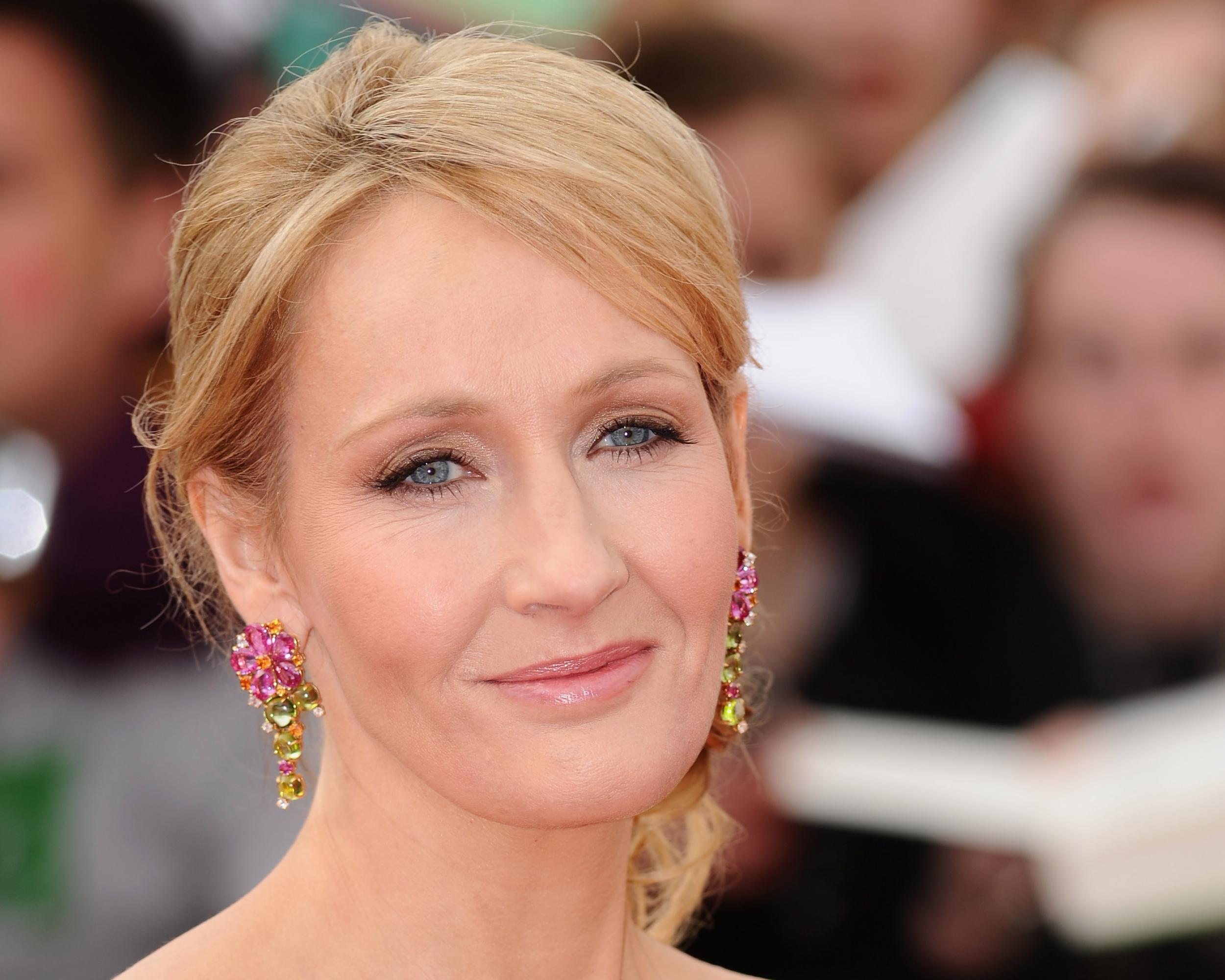
The Life and Lies of Albus Dumbledore was a biography written by Rita Skeeter, a gossip columnist hell-bent on destroying his reputation. For the movies, Rowling wanted to reflect the poor, salacious quality of the book. So she told MinaLima to make it overwrought like “a trashy airport novel.”
MACUSA president Seraphina Picquery has a big throne that looks like Dumbledore's from Hogwarts.
Her golden throne in Fantastic Beasts was intentionally made to be a visual reference to Dumbledore's in Hogwarts's Great Hall.
“There were props designed to connect the film back to the 'Harry Potter' series,”supervising modeller Pierre Bohanna wrote in Inside the Magic: The Making of Fantastic Beasts and Where to Find Them.
Colin Farrell didn't read a single page of Harry Potter before reading J.K. Rowling's script for Fantastic Beasts.
Farrell told SFX Magazine earlier this year that he was a big fan of the Harry Potter movies, but he didn't read any of J.K. Rowling's work before reading her script. He wanted to play the role of auror Percival Graves based on that screenplay alone.
There's a good reason the Horcrux inside Harry wasn't destroyed in Chamber of Secrets.
For years, Harry Potter fans wondered what, exactly, was going on with the portion of Voldemort's soul that was inside Harry. When Voldemort tried and failed to kill Harry himself, he ended up inadvertently leaving a Horcrux inside him.
But if that's the case, why wasn't it destroyed when the Basilisk in Harry Potter and the Chamber of Secrets bit Harry, just as its poison-infused fang destroyed the horcrux that was in Tom Riddle's diary?
“A Horcrux can only be destroyed if its container is damaged beyond repair,” Rowling explained. “Harry was healed by Fawkes. Had he died, the Horcrux would indeed have been destroyed.”
Many of the spells are derived from Latin roots.
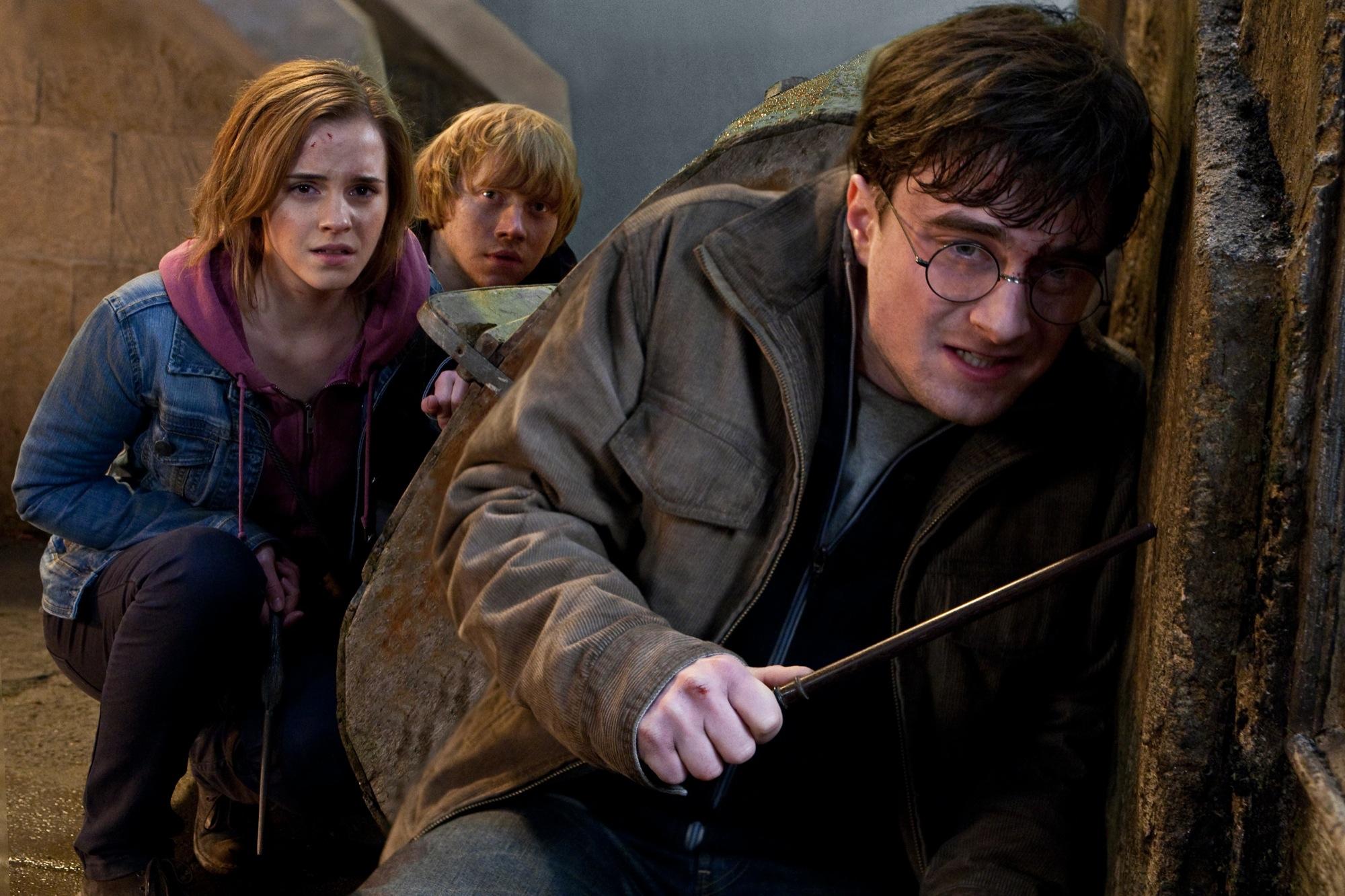
When coming up with magical spells, Rowling clearly worked her studies of Classical language and mythology at the University of Exeter. Many of them are based in the Latin language. “Accio,” for example, sounds like “accerso,” which means “to summon or fetch.” “Wingardium Leviosa,” the summoning charm, from from the word “wing” (referring to flight); “ard” (from the Latin “aardus,” which can mean “elevated”); and “levi” (which means “to lift”).
J.K. Rowling wrote a Harry Potter prequel short story — and the original copy was stolen.
In 2008, Rowling hand wrote an 800-page story about James and Sirius Potter noodling around on magical motorcycles and escaping some muggle cops. You can read it here. She auctioned it off for charity, but in April of 2017, that handwritten draft was stolen and it hasn't been found to this day.
Albus Percival Wulfric Brian Dumbledore has a specific meaning for each of his names.
Rowling is famous for her memorable, magical character names. She's put a lot of thought into them, and a lot of the names refer to some deeper meaning for each character. Dumbledore, as the character with the most names, might be the best example.
“Albus” is Latin for “white,” which could be symbolic or just refer to his beard. “Percival” was one of King Arthur's Knights of the Round Table, who went in search for the lost grail. “Wulfric” may be a reference to the 12th-century British figure Wulfric of Haselbury, who was known as a miracle worker. And “Brian” is often thought to be derived from an Old Celtic word that roughly means “noble.”
“Dumbledore” is one name that Rowling has discussed explicitly. It's an Old English word for “bumblebee.”
“Because Albus Dumbledore is very fond of music, I always imagined him as sort of humming to himself a lot,” Rowling said in a 1999 interview.
Some of the food in the movies was real.
One of the highlights of the Harry Potter movies and books are the feasts in the Hogwarts Great Hall. Shepherd’s pie, Yorkshire pudding, and pumpkin juice seem to be served at every meal. During the epic feast scene in Harry Potter and the Goblet of Fire, many of the dishes were actually cooked up for a more realistic effect. In general, the food was fake and made with resin.
The glass bottles in Snape's potions classroom was filled with really weird stuff.
The movie's set designer found things like tufts of hair and unwanted guts and bones from local butchers for the potion ingredient vials. The room itself also expanded between movies, making room for more extras in later entries in the series.
Four different owls played Hedwig, Harry's owl, in the movies.
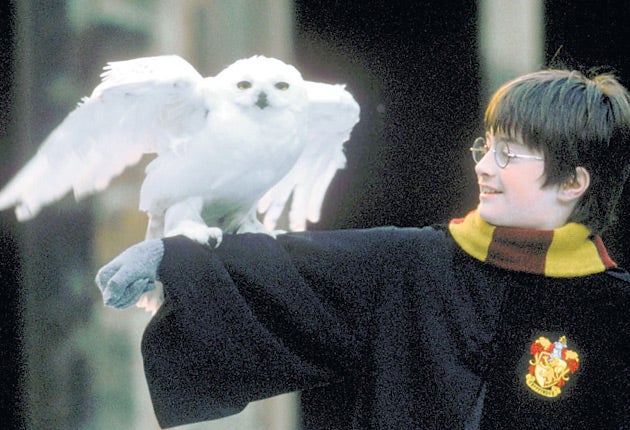
More than 12 rats played Scabbers, Ron's pet rat, four cats played Hermione's pet Crookshanks, and nine Neapolitan Mastiffs played Hagrid's dog, Fang.
Movie producers stood in for the Hogwarts moving portraits.
One of the magical castle's features is that it has paintings that move. Some of them had plot significance, like the Fat Lady in Harry Potter and the Prisoner of Azkaban, who was played by comedian Dawn French. Others, though, were played by the movie's producers, who wanted to immortalise themselves in some way on screen.
15,000 glass orbs were made for the Room of Prophecy scene in Order of the Phoenix. None of them were used.
In the end, the producers decided to digitise the whole thing and none of the orbs made it to the movies.
The Black family tree wasn't canonised until the Order of the Phoenix movie.
The Black family is one of the oldest and most important in the wizarding community. There's Harry's godfather, Sirius Black, who's cousins with Voldemort's right-hand woman, Bellatrix Lestrange, and there's also Regulus Arcturus Black, who tried to destroy one of Voldemort's Horcruxes, and Phineas Nigellus Black, a former headmaster of Hogwarts.
It's confusing, and the books refer to a big tapestry in 12 Grimmauld Place, Sirius's family home, that features a family tree that lays it all out. But the actual content of that tapestry isn't entirely included in the books, so there are some gaps.
For the “Order of the Phoenix” movie, designer Miraphora Mina needed to include the tapestry in one of the scenes. So she called up J.K. Rowling, who mapped out the entire Black family for her. It's only from the movie that we have all of the relationships specified.
It took six months to design the Weasley's Wizarding Wheezes scene in Half-Blood Prince.
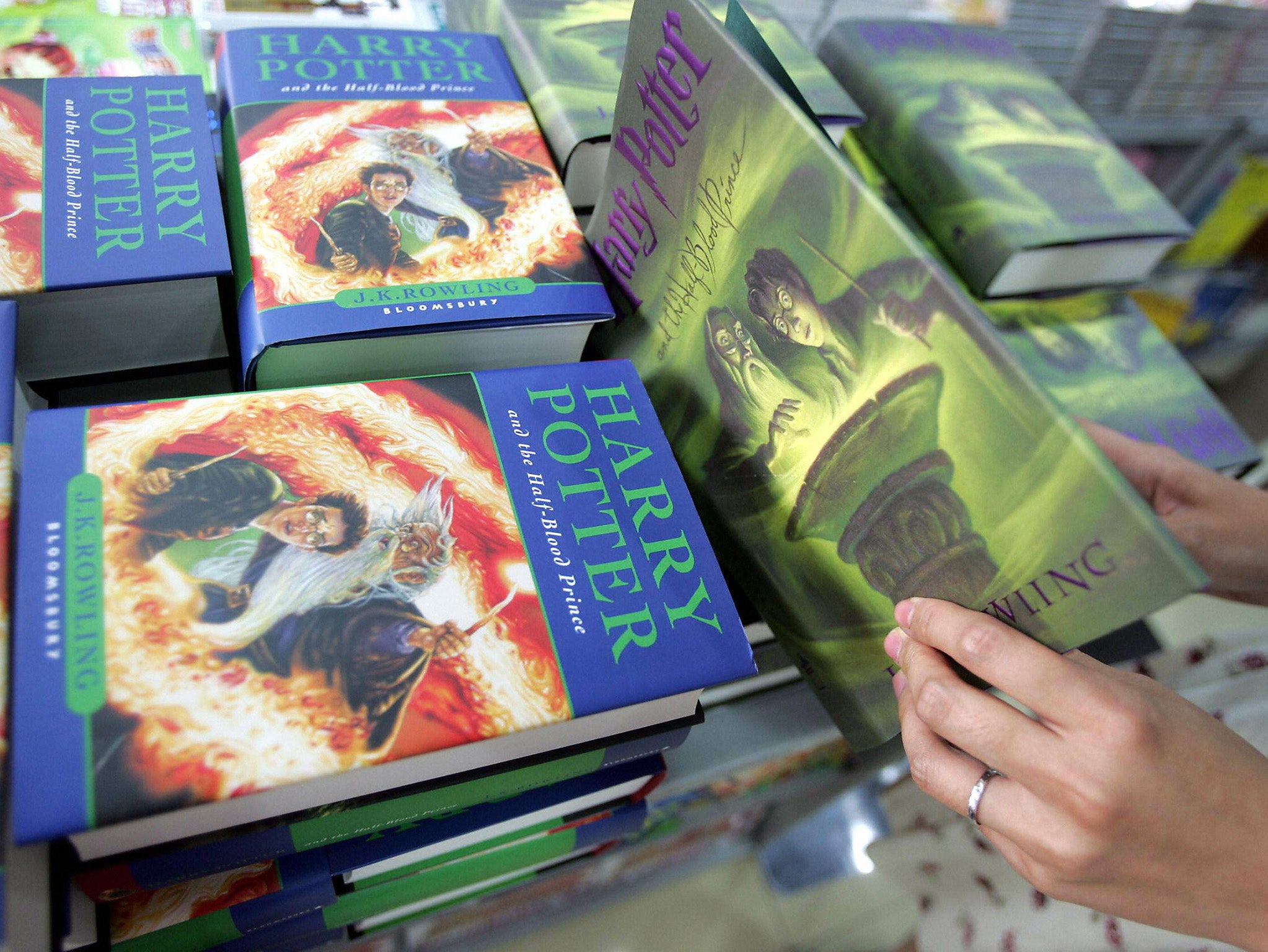
The joke shop — which Harry, Ron, and Hermione go to at the beginning of the movie — is filled with whizzing magical pranks, bubbling potions, and everything from Anti Gravity Hats to Self-propelling Custard Pies. It's a feat of imagination and hard work from Fred and George Weasley, and it all had to be re-created for the movie.
MinaLima made the boxes and labeling for every single item. Everything in the shop had to look like it was manufactured and sold by the Weasley twins, and have a bit of backstory to it.
“It was a bit of a dream, really, to have six months to design a load of crazy packaging,” Mina told INSIDER.
• Is climate change the Great Filter of human extinction?
• Science says these seven tactics will help you win any argument
• Kowloon walled city in Hong Kong was 119 times as dense as New York
Read the original article on Business Insider UK. © 2016. Follow Business Insider UK on Twitter.
Join our commenting forum
Join thought-provoking conversations, follow other Independent readers and see their replies
Comments
Bookmark popover
Removed from bookmarks